After the first disrupted day of practice, one team has emerged as a clear favourite.
Ferrari, having dominated the United States Grand Prix last weekend, established itself as the team to beat on Friday in Mexico City.
Albeit there are some considerably caveats.
Every F1 qualifying session and race LIVE in 4K on Kayo. New to Kayo? Get your first month for just $1. Limited time offer.
The first is that both practice session were heavily impacted by red flags, first for Alex Albon in FP1 and then for George Russell in FP2.
The second is that practically all of FP2 was devoted to a Pirelli 2025 tyre test, rendering it largely unrepresentative.
Throw in the high track evolution on the green circuit, and Friday’s data isn’t likely to hold up to Saturday and Sunday.
But the reverse of that uncertainty is also true. Despite all those variables, Ferrari was consistently fast while the other frontrunning teams struggled, crashed or suffered unreliability.
“We hit the ground running in FP1 with a good car, a good set-up,” Carlos Sainz said after topping FP2. “Then the whole FP1 and FP2 we just worked finetuning a couple of things, nothing major.
“I’m quite happy with how everything feels.
“I was hoping [to carry momentum from last week]. When I saw the corner characteristics where we were competitive in Austin and I saw what was coming up in Mexico, I knew that we could be competitive around here.”
Even Charles Leclerc, who gave up his car to Oliver Bearman in FP1 and got only a handful of laps excluded from the Pirelli test in FP2 to make up for it, felt confident despite the lack of running.
“The feeling is good with the car,” he said. “Even though we did only two or three laps, we were straightway on the pace, and the long runs seemed to be good, so that’s really positive.”
PIT TALK PODCAST: After Lando Norris ships five points to Max Verstappen in Austin, his path to the title has become almost impossibly steep, but Ferrari’s resurgence has triggered new hope for a battle to the end in the constructors standings.
McLaren looms as Ferrari’s closest challenger, with Piastri having found a good trajectory with set-up between sessions.
“We seem to be in good shape,” he said after finishing the day second. “We made some good improvements from FP1 — it was a bit of a handful then.
“I was just lacking confidence with the car, really — a little bit similar to last week — but I think we found some good steps for FP2, which is encouraging.
“We still have some pace to find, I would say, especially to Ferrari, but all in all I think we’re in the mix.”
Lando Norris, who is the only McLaren driver running the team’s newest floor was less optimistic, though he drew hope from Piastri’s strong showing.
“I’m playing a little bit of catch up,” he said, having missed FP1 to hand Pato O’Ward some seat time. “It’s just hard to get a good feeling around the circuit, just because it’s very low grip.
“I’m sure we’ll be fine tomorrow, but not the most comfortable, so a bit of work to do.”
How hard he can bounce back could have a critical effect on his flagging championship hopes.
While McLaren and Ferrari are eyeing each other off, Red Bull Racing struggled.
“It’s not feeling great,” Sergio Pérez said. “We have a few issues with the ride in the low speed.
“I think we’ve got some work to do. We seem to be a little bit far from the top. We seem to have some work to do.”
But things were even worse for Max Verstappen, who barely set a lap all day.
Explained – Why Lando was handed penalty | 03:15
VERSTAPPEN ENGINE PROBLEM OPENS PENALTY POTENTIAL
Despite its extended 90-minute runtime, Verstappen ended FP2 in Mexico City with just four untimed laps to his name and a question mark hanging over his power unit.
He’d ended FP1 five minutes early after reporting a lack of power from his Honda motor.
“The engine issue, thankfully, was a menial issue and has been rectified, hopefully, for the next session,” Red Bull Racing boss Christian Horner said afterwards.
His hopes were misplaced.
Verstappen reported problems immediately upon taking to the track, radioing his team that he was hearing “a weird noise in the engine”.
“The noise is very disturbing,” he said. “This can’t be normal.”
He was boxed for an inspection, but there was no improvement when he was released back to the track after the 23-minute red flag.
He returned to his garage, where his session ended, mechanics working quickly to get the floor off the car and get to work on a deeper dive on his problems.
“A day to forget,” he summed afterwards.
He added that the team wasn’t sure after the session what exactly the problem was but that he was confident he wouldn’t incur a penalty.
It’s worth remembering, however, that Verstappen is on the bubble of more power unit penalties.
He lost a full motor in a failure during practice at the Canadian Grand Prix, precipitating a 10-place penalty for a new internal combustion engine at the Belgian Grand Prix.
He’s already used his maximum allocation of turbochargers, kinetic and heat motor generator units, batteries and control electronics.
A new internal combustion engine would incur a five-place penalty. A new unit of any other maxed-out part would incur a 10-place grid penalty.
Verstappen will have old power units in his pool he can cycle through, but that Canada failure hurt him badly, having happened to an almost new motor, meaning all his other parts will be higher on mileage to compensate.
It heightens the odds of a penalty considerably if any problems are found with any of the power unit parts in use on Friday.
Mexico City’s thin air at high altitude stresses particularly the turbocharger. Las Vegas, coming up in a couple of weeks, will also be a demanding track for the complete power unit owing to its high speeds.
“I don’t think you’re ever safe, as we’ve just seen in [FP1],” Horner said between sessions. “Hopefully that’s just a small issue.
“I think it’s something probably more of a question for our engine partner as to how comfortable they feel getting to the end of the year, but you’re always on the limit.”
Stella slams stewards as ‘inappropriate’ | 01:12
McLAREN US PENALTY APPEAL REJECTED
Verstappen did get a minor boost late on Friday when the stewards struck out a bid by McLaren to appeal Lando Norris’s five-second penalty at last weekend’s United States Grand Prix.
The Briton has been penalised for passing Verstappen off the track in the final laps of the race. The team had expected the Dutchman to be pinged for having runoff track himself in defence, but the stewards found Norris to have committed the great wrong.
McLaren lodged an appeal upon arrival in Mexico, citing compelling new evidence.
It turned out the team didn’t really have new evidence per se but rather a new interpretation of the incident.
The team attempted to argue that because Norris was ahead of Verstappen in the braking zone, the McLaren was actually the defending driver and therefore didn’t overtake off the circuit at all.
Unsurprisingly the stewards gave that short shrift.
“In relation to relevance, McLaren appears to submit that the stewards finding that ‘[Norris] was not level with [Verstappen] at the apex” was an error and that [Norris] had overtaken [Verstappen] before the apex (and therefore that [Verstappen] was the overtaking car) and that this asserted error is itself, a new element,” the ruling read.
“This is unsustainable.”
The result means Verstappen’s 57-point advantage over Norris standings, and Red Bull Racing remains 40 points behind McLaren and eight points ahead of Ferrari on the constructors title table.
Yuki fumes after being passed by Lawson | 01:47
RUSSELL CRASHES AGAIN TO PUT MERCEDES ON THE BACK FOOT
Notably absent from the mix at the front was Mercedes after George Russell heavily crashed his car for the second week in a row.
The day had started strongly for the Briton, who had navigated his way to top spot in first practice earlier in the day.
It was particularly heartening for Mercedes given Russell is still lacking the team’s latest upgrades, having written them all off in his big qualifying crash in Austin last Saturday.
With Andrea Kimi Antonelli commandeering Lewis Hamilton’s car for the session, it also gave the team a solid baseline to work with.
But then FP2 happened.
Still early in the session and ensconced in Pirelli’s tyre test program, Russell took too big a bite out of the kerbs at turn 8. His Mercedes bottomed out and immediately snapped from his control, sending him pirouetting into the barriers in a crash of such significant violence he required a precautionary check-up at the medical centre.
He was cleared of injury and able to return to his team, though the time out did nothing to make clear in his mind why his car was so ready to leave his control.
“Honestly I don’t know what happened,” he said. “The car started bouncing on the ground and before I even had a chance to catch it I was already spinning.
“In FP1 we were really strong, really fast. I tried to take the same line, cutting that corner, and for whatever reason on this occasion in FP2 the thing just started going on me.”
It might suggest that Mercedes is running perilously low to the ground again. It’s thought its aggressively low ride height was behind the litany of mistakes in Austin last week, but the Mercedes car is too sensitive to being raised for the team to add a big safety margin.
It’s the second time in a week Russell’s mechanics will be forced into a major rebuild, with his car looking thoroughly second-hand after being pried from the barriers.
“A lot of work for the guys tonight again. It seems like it’s one thing after another at the moment. It’s frustrating.”
FP2 wasn’t particularly valuable as a practice session given teams were locked into Pirelli’s 2025 tyre test, which required teams not to change set-up and to run with predetermined fuel loads.
But it did rob the team of a chance to gather the data it needs to roll the dice on set-up changes in FP3, which now looms as crucial to Mercedes getting the most out of a weekend that FP1 hinted could offer a strong result.
‘He got me… outside the track limits’ | 00:54
ALBON CRASH INTENSIFIES SPOTLIGHT ON WILLIAMS LINE-UP
Franco Colapinto’s debut has been an immense success. Since replacing Logan Sargeant at the Italian Grand Prix, the Argentine has scored five crucial points for Williams.
It’s great news for the rookie, who could yet use this form to snare a seat on the 2025 grid in a final twist to the silly season.
But it’s less good news for teammate Alex Albon.
Albon has spent the last few years obliterating his teammates, first Nicholas Latifi and then Logan Sargeant. He’s looked genuinely impressive, dragging what has been a line of uncompetitive Williams cars to lofty grid positions and unlikely points.
Colapinto’s sustained good form is forcing a subtle reframing of those results, leading to some uncomfortable questions for the experienced Thai driver.
If a rookie can come into the team and so quickly be on his pace, just how good is he — or, perhaps to reverse the question just how good is Colapinto?
In that context Albon’s crash with Oliver Bearman early in FP1, causing so much damage to the car that he couldn’t take part in FP2, couldn’t have come at a worse time, turning up the spotlight on the Thai driver’s performances just months before he’s partnered by Carlos Sainz.
There are some mitigating circumstances to any Judgement discounting Albon.
The sample size of races between the two drivers is too small to be definitive, being just four races.
The Williams team has been grappling with getting the most out of its Dutch Grand Prix upgrade during that time, which Albon says has exacerbated some of the car’s difficult traits in exchange for generally better performance.
There is a phenomenon in Formula 1 whereby a rookie can more easily perform even in a flawed car because it’s automatically so much better than the category they’re arriving from, whereas Albon, who has driven this car all year, might make heavier weather of adapting to new flaws.
And as for the crash itself, it was less of an unforced error and more of an unfortunate coincidence.
“I think [Bearman] got told very late that I was coming up behind him,” Albon said. “He tried his best to speed up into the corner.
“We caught each other at exactly the worst moment on the track that you can.
“I think there was a 100-kilometre-an-hour difference in terms of speed.
“I don’t blame myself, but I don’t think it’s all on Ollie. I think he could’ve been told a bit better, and of course he’s new — the closing speeds in F1 are much higher than in F2.”
But the effect is the same — Albon is on the back foot while Colapinto continued building momentum.



























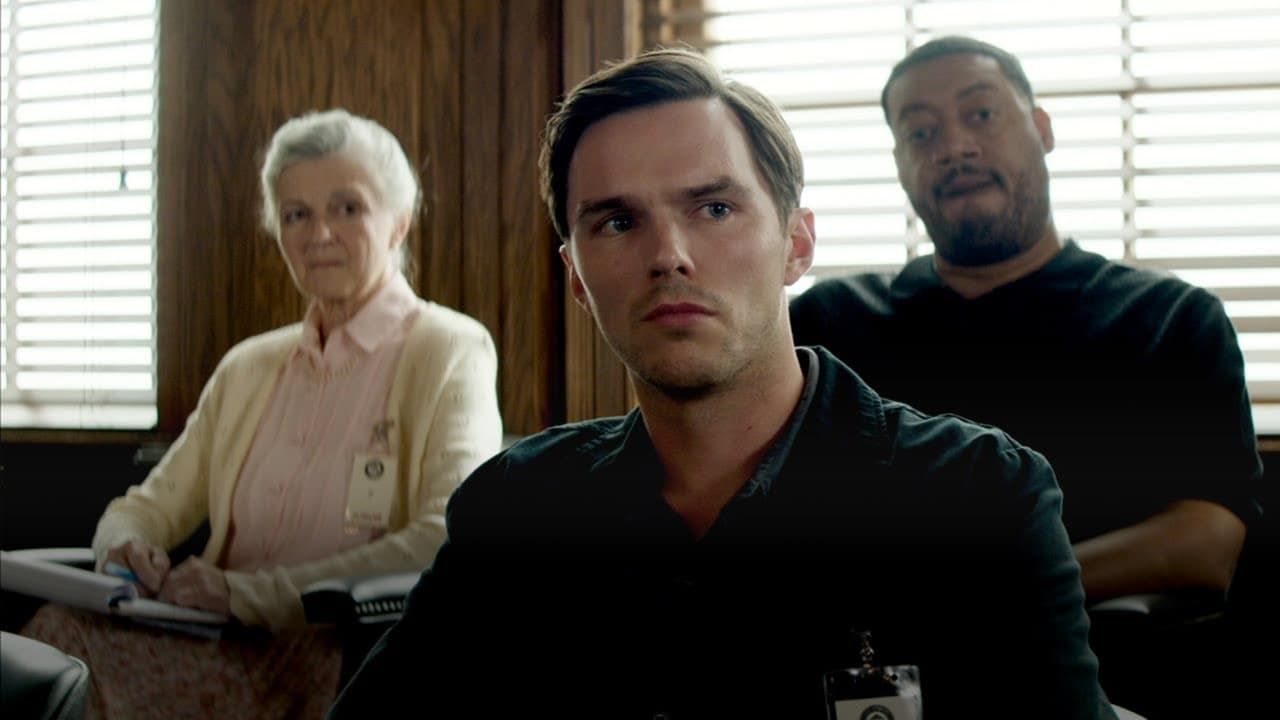



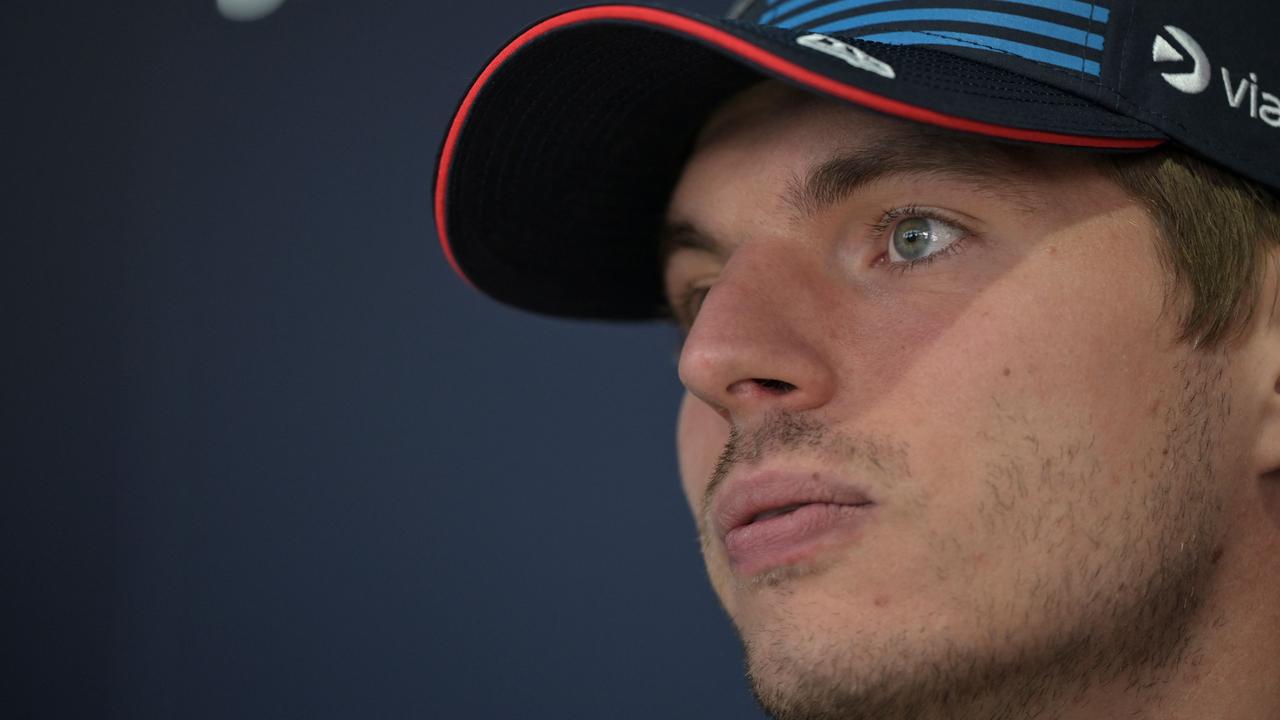
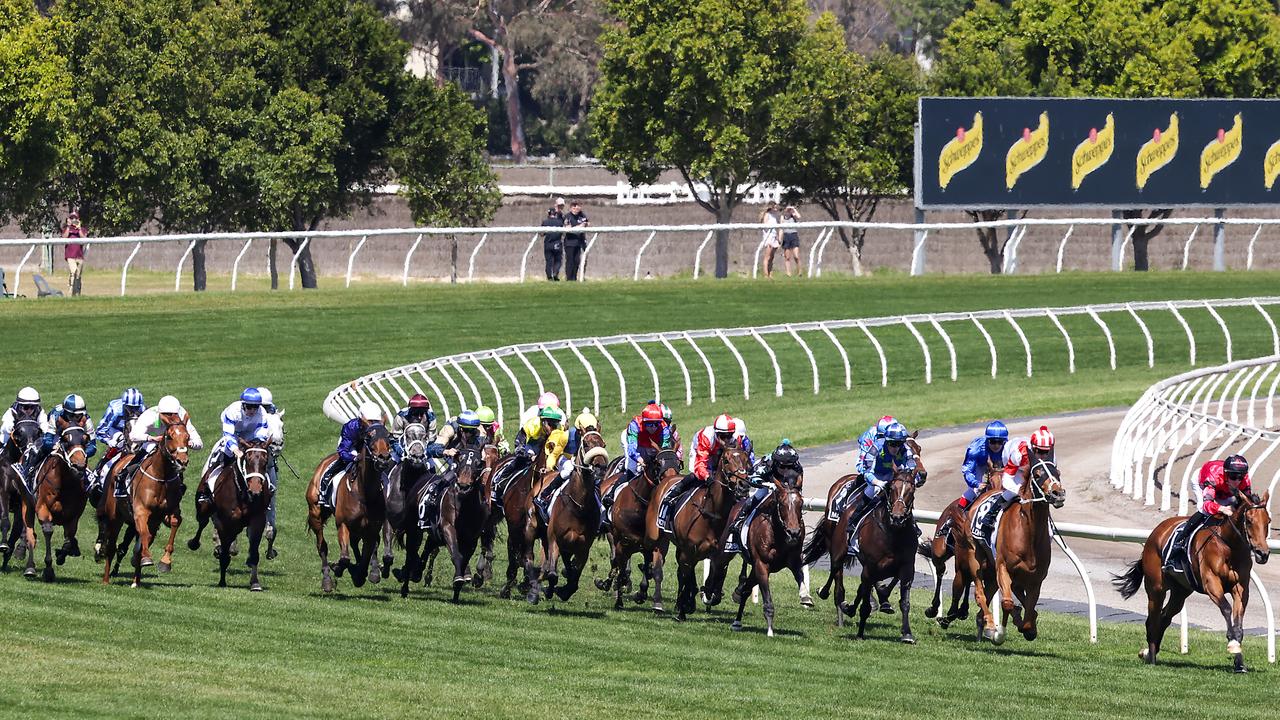
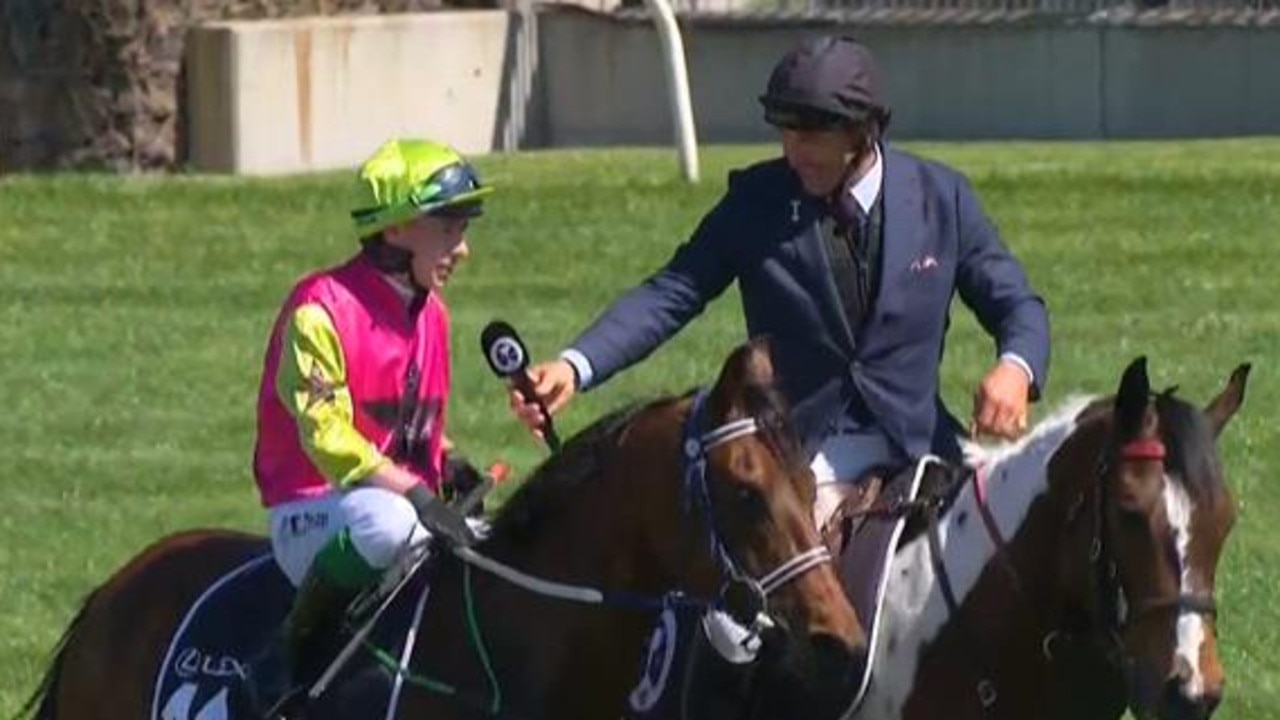

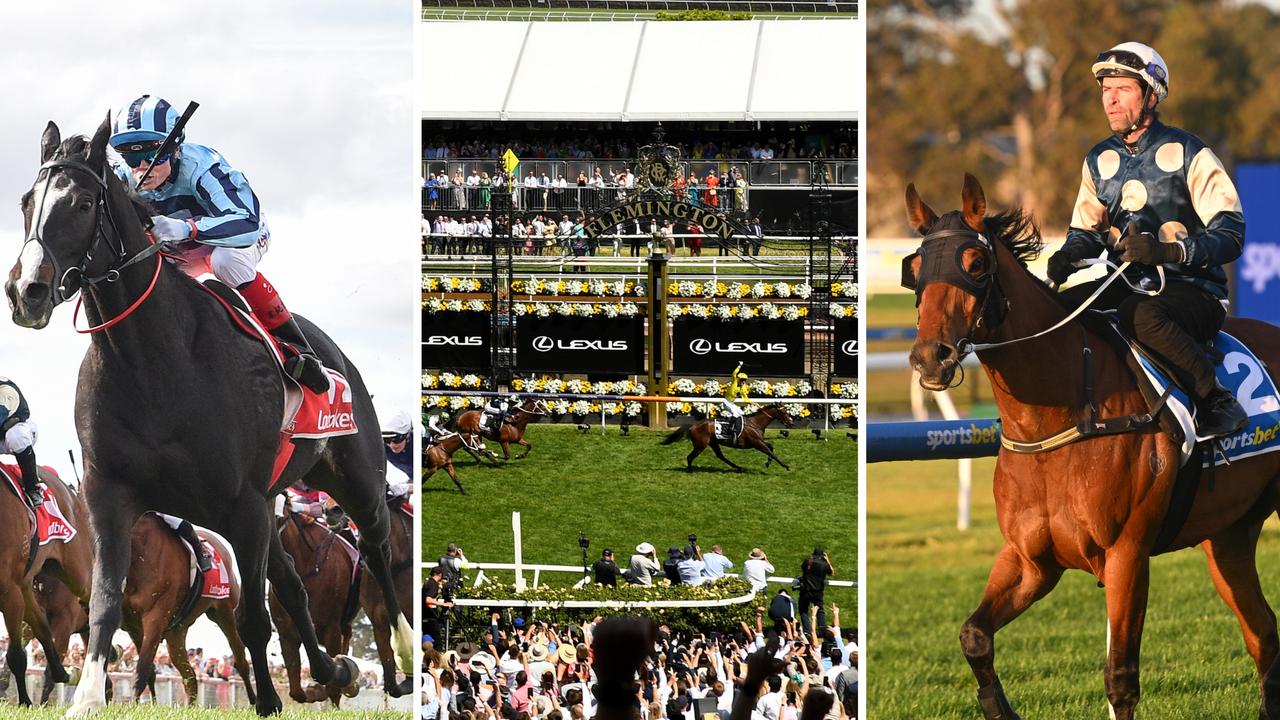

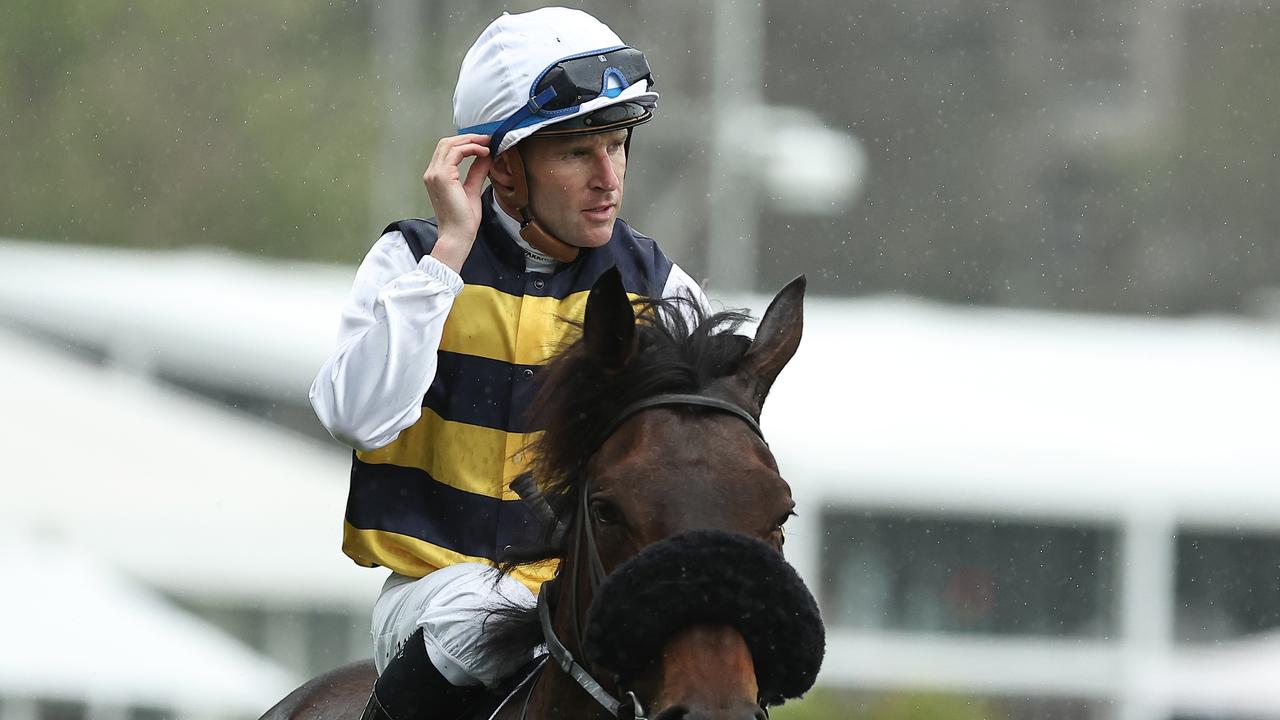
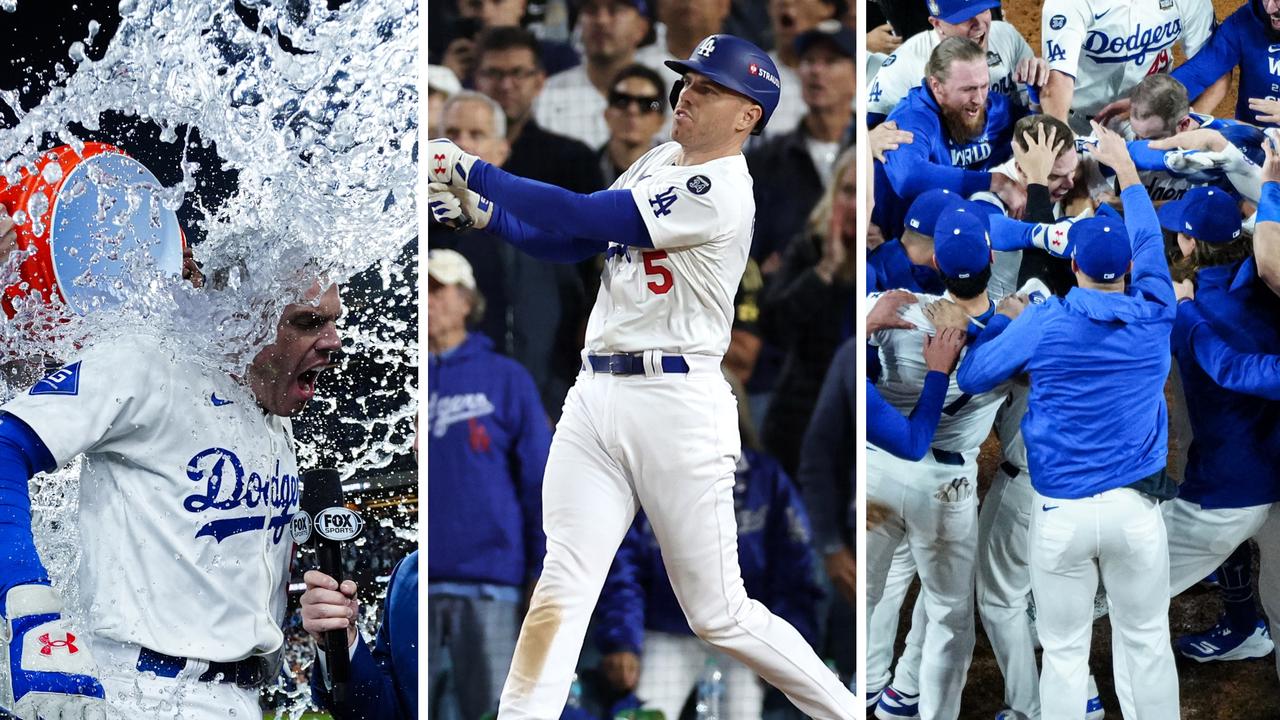








Discussion about this post